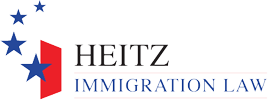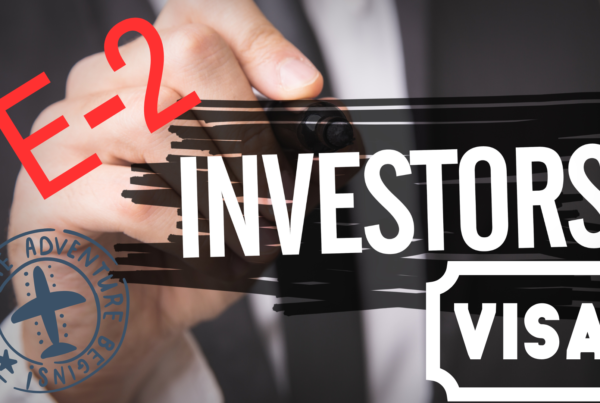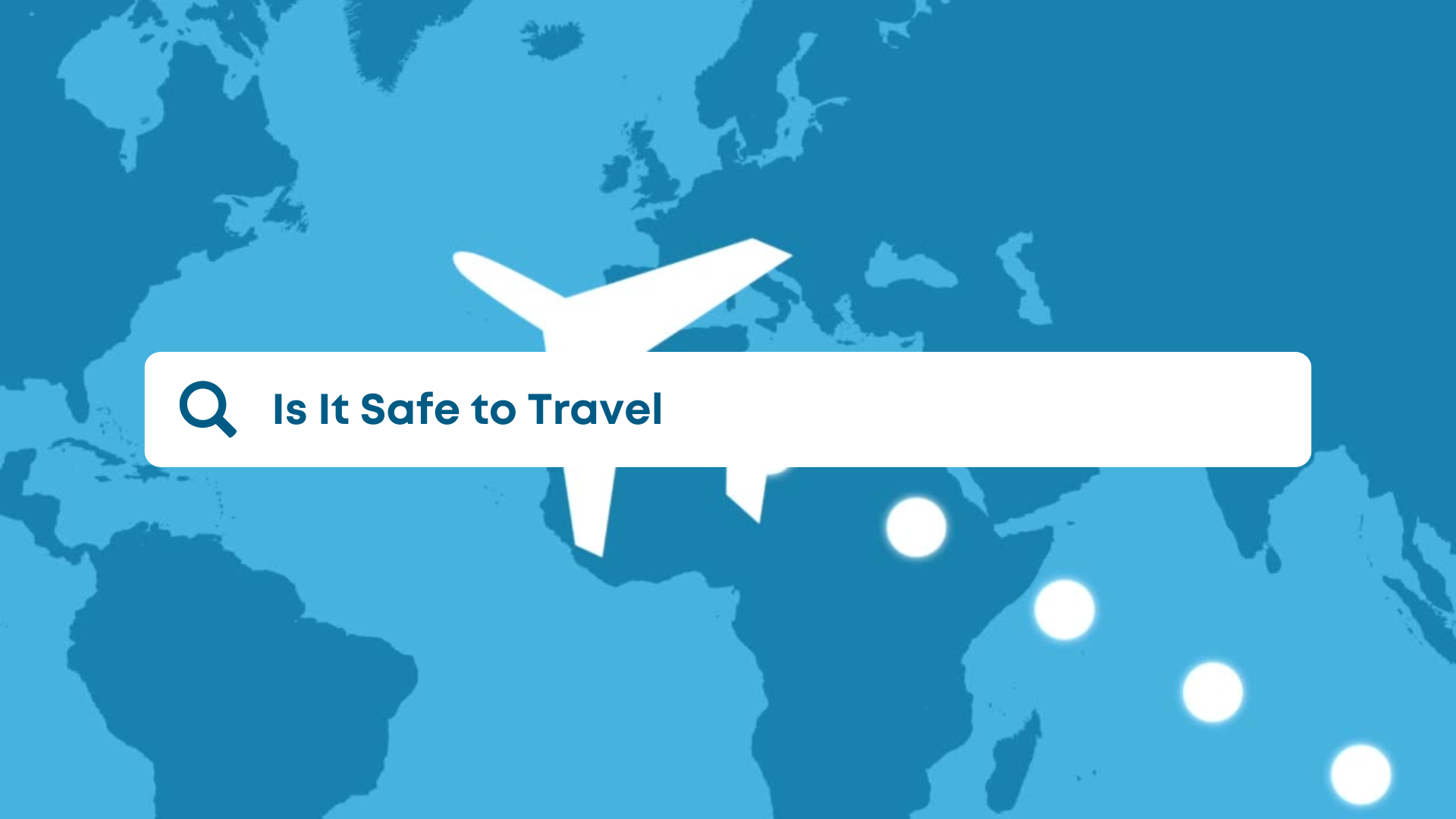If you have an offer of employment in a specialty occupation (a job that requires a Bachelor degree or higher) and you have the education and training to meet the criteria of the specialty occupation, then you may qualify for an H-1B visa. This is a visa that allows you to temporarily work in the United States for an employer for up to six years. Your family (spouse and unmarried children under 21) may accompany you to live in the U.S., however, they will not be entitled to work permits. (This is different from the L-1 Visa where the spouse is able to obtain a work permit, although children under 21 are not).
There are very stringent requirements for the H-1B visa and your employer in the U.S. must be the one to initiate the entire process. The first step would be for the U.S. employer to agree to sponsor you for this petition after you have accepted their job offer. Typically the type of job that is ideal for the H-1B visa is an accountant, engineer, IT professional, health care professional, attorney, teacher, or any other job that is considered to be a specialty occupation.
You also need to be qualified for the position through your education and experience by holding at minimum a Bachelor of Arts degree. If you hold a foreign degree, it will need to be evaluated to determine the U.S. equivalency of the degree. If you lack the formal education requirement, you may be able to use 3 years of professional experience to equal one year of college, thus if you have many years of experience in the field, it could equate to being the same as a degree.
Keep in mind that the employer is the one who must pay for all the filing fees and hire the immigration attorney because it is the U.S. employer who is the petitioner. The only way the employee could petition for himself or herself is if the employee is also the owner of the U.S. business. Starting in 2011, a new rule was enacted allowing a foreign person who owns a U.S. company to petition for an H-1B visa for themselves – BUT only if the U.S. company has an independent policy for making the decision to hire and pay the H-1B employee. For example, if you are the owner of the U.S. company, the decision to hire yourself to work for the company cannot be made by you – it must be made by others within your company that have the responsibility to make such a decision. This can get tricky and that’s where the expertise of an immigration attorney can determine if your company can meet the requirements.
A number of other things will need to be filed in order to submit the H-1B visa application. A labor condition application (LCA) will need to be filed with the Department of Labor (this is not the same thing as a labor certification). The LCA will attest that the employer is paying the worker the prevailing wage for that type of work. This prevailing wage rate is something that the Department of Labor will calculate based on their documentation for the average rate of wages paid to workers in that type of a job. The other part of the LCA is that the employer will have to attest that by employing the worker in this job, it won’t adversely affect the working conditions of similarly employed U.S. workers.
Finally, the real challenge when filing the H-1B petition is to make sure there is availability within the current fiscal year. This tends to depend on how well the U.S. economy is performing. Here is how this works: The government fiscal year goes from Oct. 1 – Sept. 30 and each fiscal year, only 65,000 visas are allotted for H-1B status. This means that once they are all used up in a year, there are no more available to be given out, therefore, if you don’t get your application in early before they all get used up, you will have to wait until next year to try again. This is called the H-1B “cap.”
In order to avoid going beyond the time when the H-1B cap is reached, the earliest time the employer can file the H-1B visa is on April 1 for the fiscal year that begins Oct. 1. USCIS allows the employer to file the H-1B application 6 months prior to your start date for when your job is to begin, therefore, it would make sense for your employer to want you to begin your job on Oct 1 and to file the H-1B application 6 months prior on April 1 to maximize your chances of staying within the cap.
Now, here is what I mean when I say that it depends on how well the economy is doing. During a robust year of fairly healthy economic stability and job growth (such as was experienced in 2015), there will be way more employers filing for H-1B employees than only 65,000 per year. What tends to happen during a good economic year like 2015 is that all of the visas get used up by the first few days in April! In some years there have been so many applications filed that USCIS had to create a lottery to choose whose application will be considered for approval! (This happened to me when I first came to the U.S. as an H-1B employee and luckily I did win in that lottery so my application was considered and thankfully approved).
It’s a nerve-wracking game to play, but one that can be very rewarding if it all works out right. The guidance by a qualified immigration attorney is critical to ensure the employer’s chances of success are maximized. Plus, once the petition is approved, the H-1B holder can pursue having the employer sponsor them for a green card should the company be in a position to do so, which is for many the ultimate goal.
Image credit: Podpad by FreedDigitalPhotos.net









